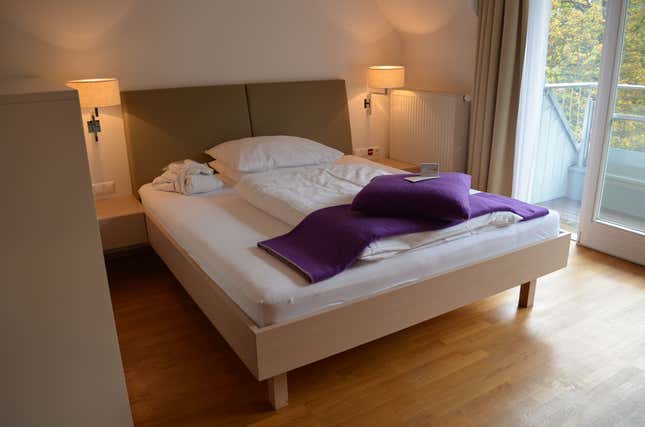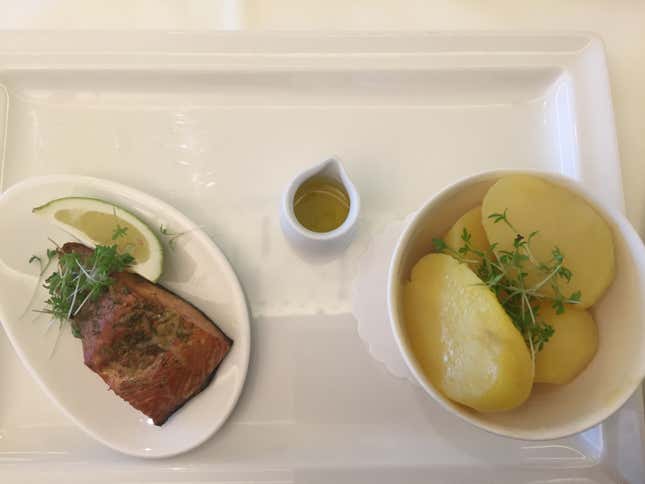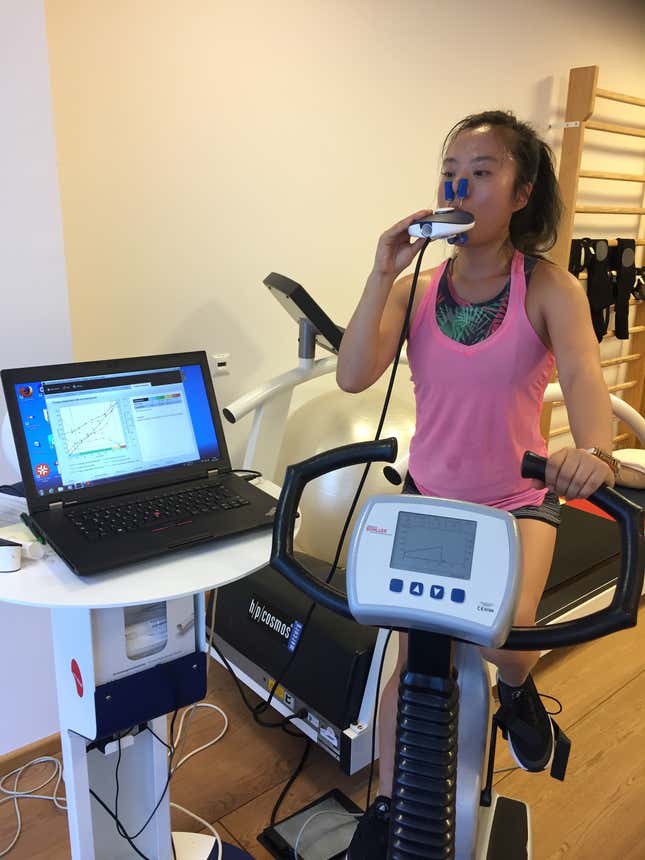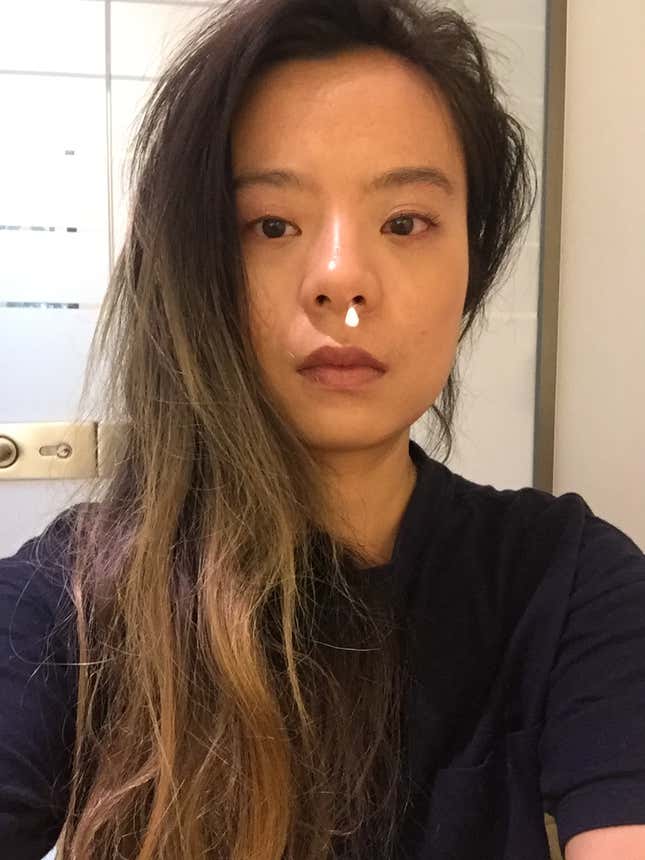Learning to Chew, Swallow, and Shit at Viva Mayr, an Austrian Detox Spa for the Ultra Wealthy
Latest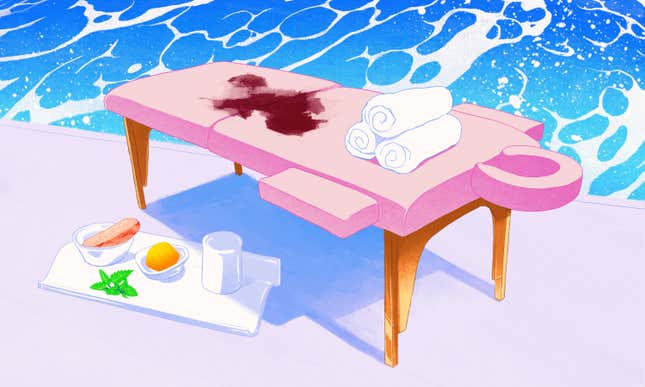

One week at Viva Mayr, a five-star health spa and hotel on the southern shores of Lake Wörth in Austria, will set you back about $4,000—and you won’t even find a bar on the premises. And yet, you will find Russian oligarchs (or their wives, mistresses, and daughters), Vogue editors, fashion designers who dress Kate Middleton, and stars from Hollywood and Bollywood like Chelsea Handler and Deepika Padukone. They’re all there, voluntarily crapping their pants induced by daily morning ingestions of Epsom salts, and eating stale bread in silence for dinner. Last October, I was there, too.
As a former beauty editor in New York City, I had heard about Viva Mayr before. In 2013, Plum Sykes wrote about her week there in Vogue, complete with a Mario Testino photoshoot at the spa starring supermodel Karlie Kloss. “I felt utterly incredible when I got home,” Sykes wrote. “The Mayr clinic has not just detoxed my body, it’s cleansed my mind.” At Viva Mayr, the mantra “Health is Wealth” is taken literally.
I was encouraged to go try a rehabilitation week at Viva Mayr by my own doctor earlier this year. We were going over my annual physical examination results; I was always fatigued, bloated, getting severe food poisoning at least twice a year, and had high cholesterol. I was also seeking therapy for my anxiety, depression, and body dysmorphic disorder. The blood tests were clear: I was not well, but not even my own doctor could figure out why. “If you weren’t obese before, I don’t have an explanation,” she told me.
So I found a subletter for my apartment and booked a trip to Austria. I wanted to feel better, and no matter what the food bloggers were telling me, no amount of “clean eating” and running was working. At age 25, I was one of the youngest “patients” (that’s what they call hotel guests there) at Viva Mayr, and I was able to afford my trip there by being relatively well-off. I don’t have any student loans or any dependents (other than a dog). After I got laid off from my well-paying job at Yahoo (where I built up a decent amount of savings), I started freelance copywriting for brands and corporations, which pays decently and gives me the flexibility to work wherever and whenever. The trip to Viva Mayr was a substantial investment for me, much more than it would be for a Russian oligarch, but I’ve spent the past few years quietly watching my mother refuse therapy for her increasing physical ailments, and I’m convinced it’s worth it.
As a baby in smoggy China, I spent much of the first year of my life in the hospital for my respiratory problems. On her second try, my mom received a visa to America, and she gave up her employment at one of China’s best medical schools to move with me to the States, where her medical license was not accepted and her career was over. Now, there are totally legitimate reasons to critique Gwyneth Paltrow, but I can understand why she said that she became overcome with paranoia with “detoxing” after her father died in front of her eyes. Because when you’re sick—whether you’re a coughing baby with tubes up the nose or that former baby’s aging mother with back aches—you hurt (inadvertently, of course) the people who love you.
Austrian Empress Sisi, as noted by Kelly Faircloth on Jezebel before, had an aggressive daily exercise routine—you can view her pull-up bars at the palace in Vienna to this day—and was always on a diet. She’d go on aggressive hikes through the Austrian mountains, sometimes leaving her ladies-in-waiting wheezing behind. She also loved going to health spas and sanitariums for her many ailments, physical and mental, and this was a pastime shared by her fellow countrymen and neighboring Bavarians, propelled by nineteenth century bourgeoisie anxieties about excessive consumption in an age of rising industrialization and secularization. (Secretary of State Rex Tillerson also copes in this way.) Going to a medical health spa was a temporary nod to self-restraint, both morally and physically. In Mark Twain’s short story, “The Appetite Cure,” he describes an experience in an “Austrian health establishment” where the prescriptive medication was starvation: “Grape-cure, bath-cure, mud-cure—it is all the same. The grape and the bath and the mud make a trifle of the work—the real work is done by the surreptitious starvation.”
When I arrive, I am greeted by a young blonde Austrian woman named Sandra. She is wearing braids and she looks just someone Georg von Trapp might have an affair with. She gives me the grand tour of the resort, which looks like a hospital that converted into a resort to make more money. “Do you know about the Epsom salts?” she asks me. I pause. For bathing? “Oh, no,” Sandra laughs. “Every morning before breakfast, you must drink them. It’s a laxative.” She then points across the corridor to the tea bar, which is a wall fixture that dispenses hot water, vegetable broth, and 10 different types of herbal teas. “I recommend drinking the Organic Liver Tea, two cups, everyday,” Sandra explains. “It’s very bitter but it is good for detox.” I vow to dutifully drink the liver tea everyday because Sandra is glowing and this isn’t the first time I’ve been convinced to do unpleasant things for beauty by a blonde woman.
There’s also a dispenser for something called “Energised Drinking Water.” What does “energized” mean, I ask Sandra. “Oh, it’s just water,” she laughs. “I could explain it to you but… honestly, it’s just water.” Later, in my room, I discover crystals in my carafe of water. They’re supposed to be energizing, a fellow patient explains.
Now, I disagree with Sykes’ description of the rooms exuding “the style of a youth hostel.” I’m not quite convinced she’s stayed in a youth hostel before (have you toured her new English country house in the November 2016 issue of Vogue?). There’s freshly stocked glass bottles of mineral water, a flatscreen TV, a view of the mountains, and a comfortable bathrobe with matching slippers. I stayed in the standard room (€199 per night per person), which is the cheapest option—the most expensive option is the next-door villa, which you can rent out for €2,200 per person per night.
-

-

-

-

-

-

-

-

-

-

-

-

-

-

-

-

-

-

-

-

-

-

-

-

-

-

-

-

-

-

-

-

-

-

-

-

-

-

-

-

